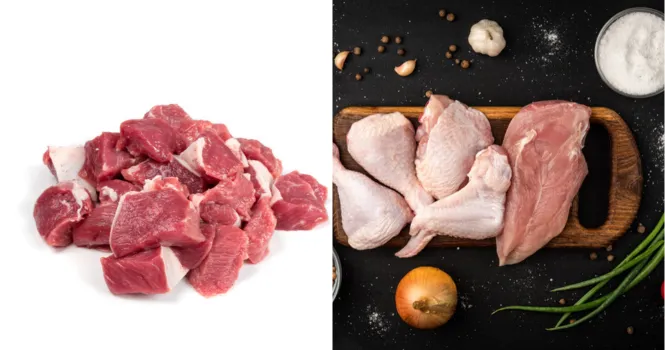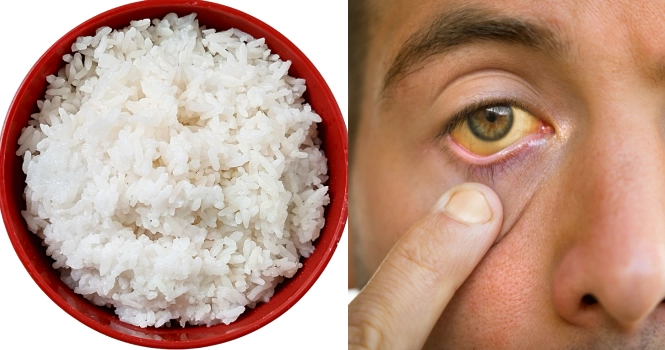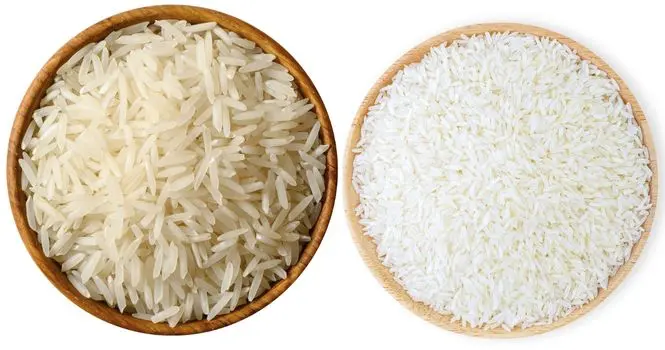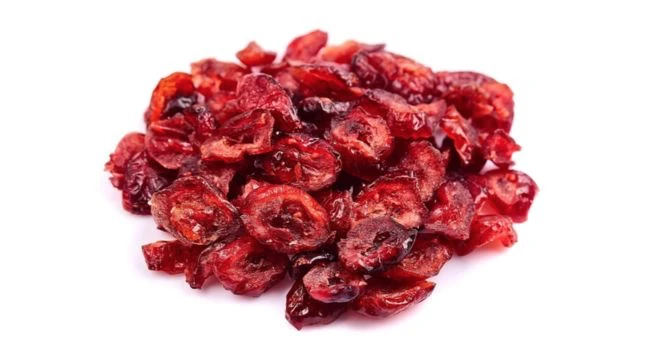Onions: An Unexpected Remedy for Hair Loss
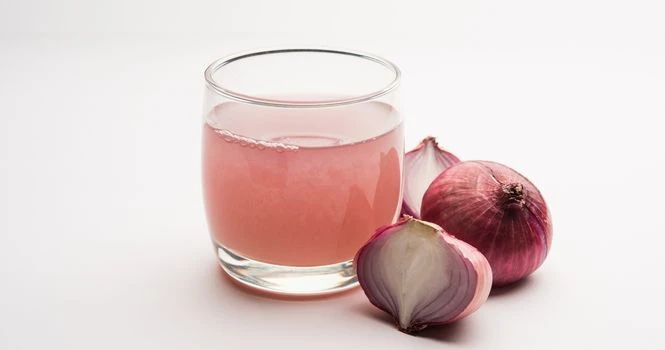
Hair loss is a common concern that affects many people worldwide, regardless of age, race, or gender.
While it’s an entirely natural part of aging, specific factors can speed up this process, such as stress, hormonal imbalances, and certain health conditions. Before going into details on how onions helps in hair loss, First let’s understand, Hair growth cycle
Hair Growth Cycle
The hair growth cycle is a continuous process that includes three phases: anagen, catagen, and telogen.
Each individual hair strand follows this cycle independently of the others, which is why we do not lose all our hair at once.
1. Anagen (Growth Phase):
The anagen phase is the active growth period of hair follicles. The cells in the hair bulb divide rapidly to create new hair growth. Hair will stay in this growth phase for anywhere from two to six years, with the hair growing about half an inch per month. The length of this phase is determined genetically and significantly affects the length of our hair. The longer the anagen phase, the longer the hair grows.
2. Catagen (Transition Phase):
After the anagen phase comes the catagen phase, which is a short transition stage that lasts approximately 10 days.
During this phase, the hair follicle shrinks and detaches from the dermal papilla, which supplies nutrients to the hair. The hair bulb stops producing pigment, and the hair strand stops growing. This phase signifies the end of the hair growth cycle.
3. Telogen (Resting Phase):
Following the catagen phase is the telogen or resting phase. The hair follicle remains dormant for one to four months. Around 10-15% of our hair is in this phase at any given time.
At the end of this phase, the hair follicle reenters the anagen phase. The old hair strand is pushed out and replaced by a new one, and the whole hair growth cycle begins anew.
Exogen (Shedding Phase): Some researchers propose a fourth phase called the exogen phase, which is a part of the resting stage where old hair sheds, and new hair continues to grow.
Approximately 50 to 150 hairs can fall out daily, which is considered a normal part of the hair life cycle.
Causes of hair loss can be multifaceted, ranging from genetic factors (such as androgenetic alopecia), hormonal imbalances (like those caused by pregnancy or menopause), malnutrition, and certain medications to psychological stress and physical damage from harsh hairstyling practices.
In response to the problem of hair loss, the hair care market has been flooded with countless products promising hair regrowth and restoration, but not all deliver the results they promise.
But, why don’t they always deliver on their Promise?
To understand that, we must know what is the treatment aimed at and for what type of hair loss it is recommended?
Types Of Hair Loss
The primary types include:
1. Androgenetic Alopecia: Also known as male-pattern or female-pattern hair loss, this is the most common type of hair loss. It’s largely determined by genetics and affects many men as they age. Women may also experience this type of hair loss, particularly after menopause.
2. Alopecia Areata: This is an autoimmune disorder where the body’s immune system mistakenly attacks hair follicles, leading to hair loss. It usually results in one or more round patches of complete hair loss.
3. Telogen Effluvium: This is a temporary form of hair loss where more hairs than normal prepare to fall out. It’s often caused by stress, major surgery, illness, significant weight loss, or childbirth.
4. Anagen Effluvium: This type of hair loss is commonly associated with chemotherapy or radiation treatment. It causes hair to fall out during the anagen or growth phase of the hair cycle.
5. Traction Alopecia: This is hair loss caused by pulling hair into tight hairstyles, which leads to damage to the follicles and, eventually, hair loss.
6. Cicatricial (Scarring) Alopecia: This is a rare type of hair loss where inflammation destroys hair follicles and forms scar tissues. Once scar tissue forms, hair cannot regrow.
7. Central Centrifugal Cicatricial Alopecia (CCCA): This type of hair loss, most commonly found in women of African descent, starts at the crown of the head and gradually spreads outwards.
8. Trichotillomania: This is a psychological disorder where individuals have a compulsion to pull out their own hair.
9. Involutional Alopecia: This is a natural condition in which the hair gradually thins with age. More hair follicles go into the resting phase, and the remaining hairs become fewer in number and shorter.
10. Tinea Capitis: Also known as ringworm of the scalp, this is a fungal infection that causes patchy hair loss, usually in children.
Each of these types of hair loss has unique causes, symptoms, and treatment methods, and there is no one solution for all.
Now for which of the above types of hair loss, is Onion Juice used?
Onion juice is primarily considered helpful for alopecia areata, a type of hair loss that results in one or more round patches of complete hair loss. The sulfur content in onion juice is believed to have hair-strengthening and regrowth properties, making it a potential natural remedy for this condition.
Research, including a study published in the Journal of Dermatology, has found that the application of onion juice to the scalp might help promote hair regrowth in people with alopecia areata.
The study compares the effectiveness of onion juice versus tap water in treating alopecia areata, a condition that causes hair loss in patches.
Two groups of patients applied either onion juice or tap water on their scalps twice daily for two months.
Results showed that after two weeks, hair started to grow back in the onion juice group. By the fourth week, about 74% of patients saw hair regrowth, and by the sixth week, about 87% experienced regrowth.
Men had slightly better results than women. In contrast, only 13% of the tap water group saw any hair regrowth after eight weeks.
Therefore, the study concluded that onion juice is more effective than tap water in treating patchy hair loss from alopecia areata.
Onion juice may also help with androgenetic alopecia (male-pattern or female-pattern hair loss) and telogen effluvium, but more research is needed to confirm these effects.
Please remember to consult with a healthcare professional or dermatologist if you’re experiencing any form of hair loss.
While onion juice may assist in promoting hair growth, it’s essential to determine the underlying cause of your hair loss and find the most effective treatment for your specific needs.
Onions: A Natural Solution for Hair Loss
Let’s see how Onions, have potential hair restoration properties.
The benefits are primarily due to their rich composition of vitamins, minerals, and other essential nutrients, including sulfur, quercetin, and catalase.
The Role of Sulfur
Onions are a rich source of dietary sulfur, a mineral that is essential for several bodily functions, including hair growth.
Hair is primarily composed of a protein called keratin, which is sulfur-rich. When applied to the scalp, onion juice may provide the sulfur necessary to stimulate collagen production, a protein needed for the creation of new hair cells.
Thus, it may contribute to stronger hair, reduced breakage, and increased volume.
Quercetin: The Antioxidant Powerhouse
Onions contain substantial amounts of quercetin, a flavonoid antioxidant. Oxidative stress, induced by an excess of free radicals in the body, can damage the hair follicles and contribute to hair loss.
Quercetin is a potent antioxidant that can help neutralize these free radicals, reducing oxidative stress. Therefore, applying onion juice, rich in quercetin, may help protect the hair follicles from damage and promote healthier hair growth.
Catalase and Hydrogen Peroxide Balance
Hydrogen peroxide naturally accumulates in our hair follicles and can cause significant hair and scalp damage when in excess, leading to hair thinning and graying.
Onions contain the enzyme catalase, which helps neutralize hydrogen peroxide, reducing its concentration in the hair follicles.
Consequently, using onion-based hair treatments can help maintain a healthy balance of hydrogen peroxide, thereby promoting healthier hair.
How to Use Onion for Hair Loss Prevention and Restoration
The most common method of using onions for hair growth is in the form of juice.
You can prepare onion juice by peeling and grating one or two onions and squeezing out their juice. Apply this juice directly to your scalp, leaving it in for about 30 minutes before rinsing off with a mild shampoo.
For best results, this should be done two to three times a week.
Alternatively, you can combine onion juice with other hair-nourishing ingredients like honey, olive oil, or coconut oil to enhance its benefits.
Some people may find the smell of onions overpowering; adding a few drops of essential oils like lavender or rosemary can help mask the scent.
It’s important to remember that while onion juice may help with hair growth, it’s not a cure-all and won’t work the same for everyone.
Always consider seeking professional advice for severe hair loss issues, as it could be a sign of an underlying health condition.
![]()
